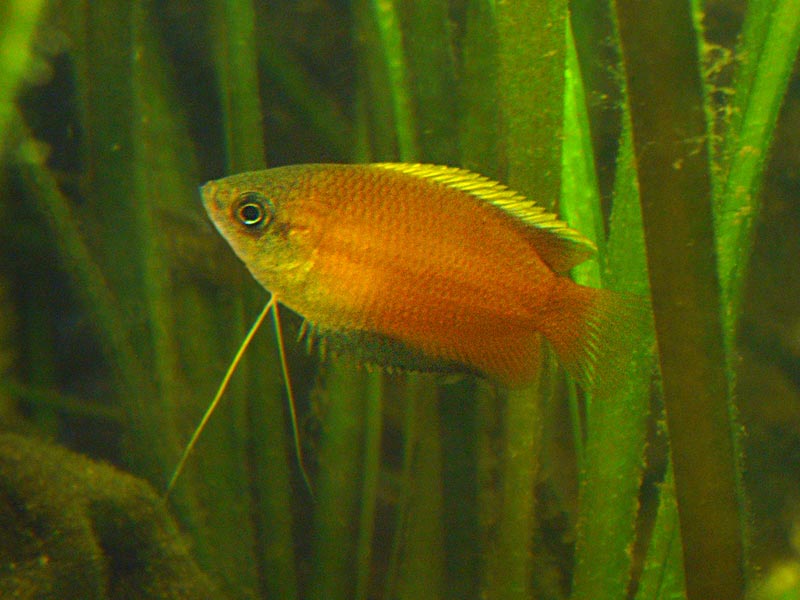Myraan
Fishaholic
off topic sorry... but are pygmy cories the ones that behave more like a tetra?
Don’t miss out on the best deals of the season! Shop now 🎁
Yes.off topic sorry... but are pygmy cories the ones that behave more like a tetra?
Allegedly. They swim around mid-tank at meal time but mine spend all day under the logs. Most un- tetra -like!off topic sorry... but are pygmy cories the ones that behave more like a tetra?
Hmmm well I believe your right because when I googled it it brought up fish pics that looked nothing like mine.All that said, there are albino Pygmy Corydoras, but they are quite rare, as far as I've been able to find out.
I could even be wrong about your own fish, so a better photo would be helpful and if you could throw a measurement at me...
Mine are more akin to bees...always buzzing around the tank, either singly, in pairs, threes or even, on occasion, the full group of nine. They appear to get involved when other fish start to school and are always swimming up to check other fish out...possibly because the Glowlights, Black Neons and Golden Pencils all have a lateral stripe.Allegedly. They swim around mid-tank at meal time but mine spend all day under the logs. Most un- tetra -like!
Was wondering what do honey gouramis look like?Mine are more akin to bees...always buzzing around the tank, either singly, in pairs, threes or even, on occasion, the full group of nine. They appear to get involved when other fish start to school and are always swimming up to check other fish out...possibly because the Glowlights, Black Neons and Golden Pencils all have a lateral stripe.
Was wondering what do honey gouramis look like?

A corydoras
Those are C.aeneus albino.A corydoras
Are the C aeneus in the first pics the same fish. The first ones look like C.schultzei.HiyaJust want to also add to the voices confirming that these albino corydora are not a dwarf species of any kind. The albino cories most often found in the trade are either C. aeneus (Bronze cories) or C.paleatus (Peppered cories. Not to be confused with Salt and pepper cories!)
C. aeneus are also called Bronze corydora, very popular and common in the hobby, and the albino version is just a colour mutation, not a separate species of its own. They're much larger than any of the three dwarf species of cory, so it's not good for a store to label them as dwarf
These are cordoras aeneus;
View attachment 143063
View attachment 143059
And these are C. paleatus;
View attachment 143060
Both can also be albino, and there are a few other species that they could be - these two are just the most common. There aren't albino dwarf cories though.
These two species have slightly different requirements as well, the paleatus prefers cooler water temps for one thing, so it would be useful to know which species you have.
If you can post some clear photos of your albino cories for us, using the daylight setting on your tank light, not the blue light - someone may be able to ID which species you have
The first two pics with the C aeneus are my own fishAre the C aeneus in the first pics the same fish. The first ones look like C.schultzei.
If they are there at least is C.schultzei blood in them.
